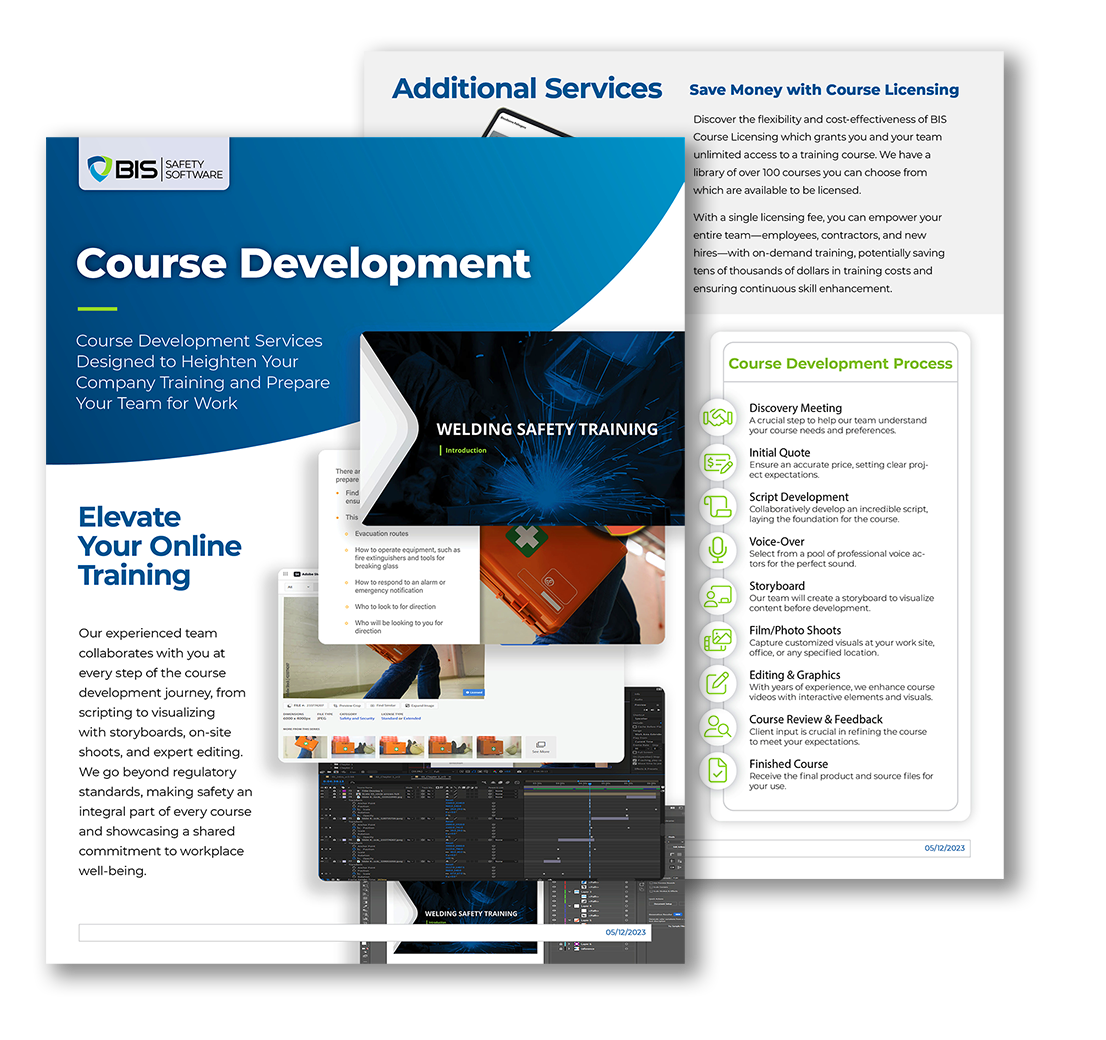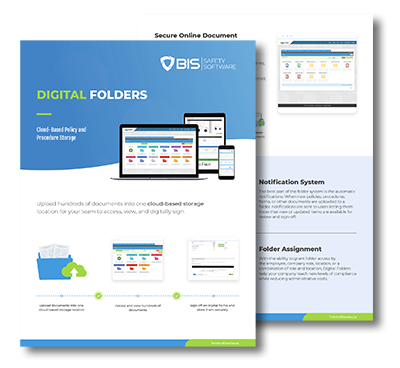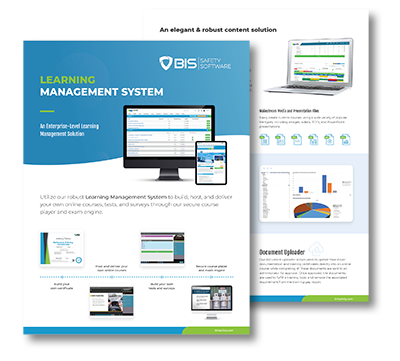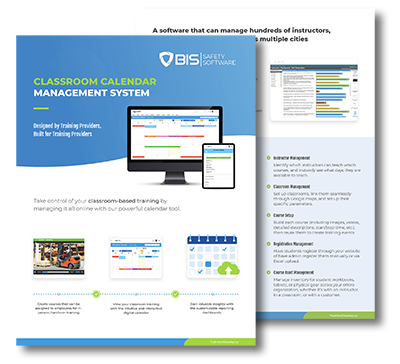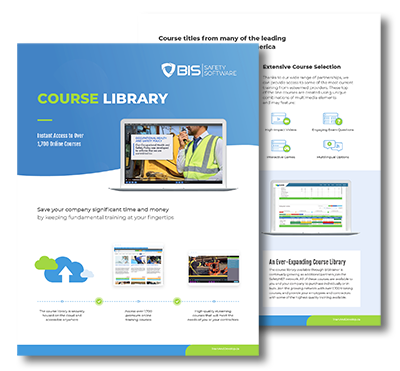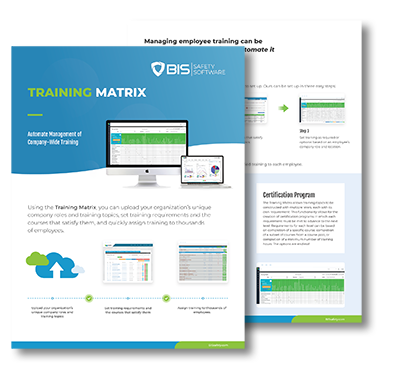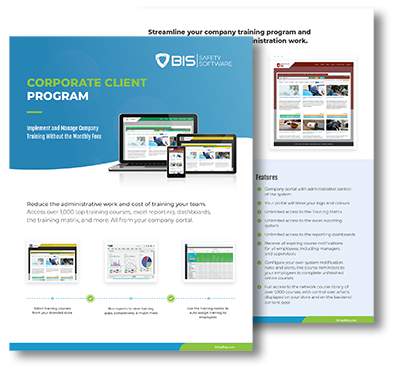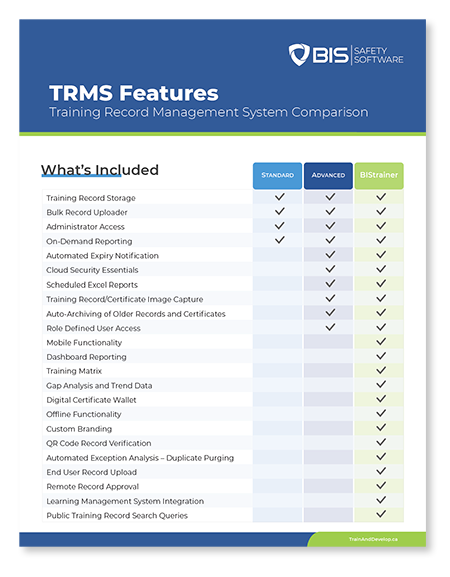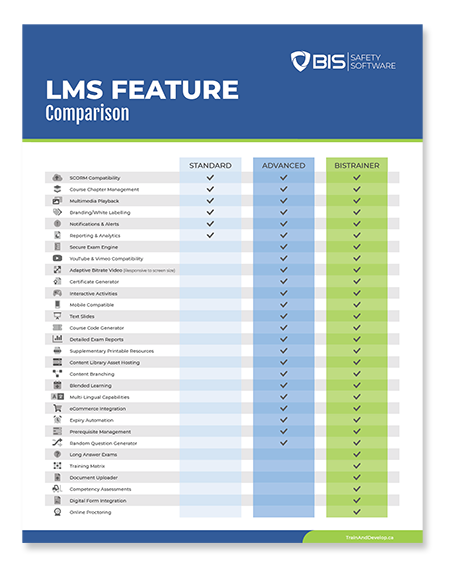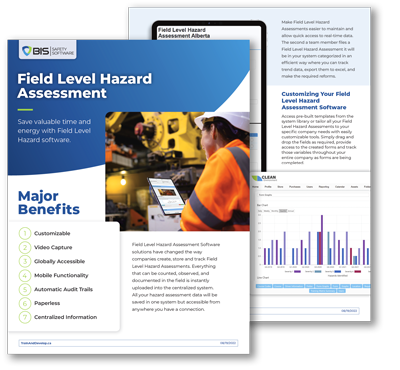
ISO Checklist 2023: A Prosperous Framework
Getting ISO certified is easy if you lay out consistent framework. We’ve made it simpler buy creating a general ISO checklist using compiled data from many world class organizations. Upon completion of this concise list your company is sure to meet international standards and surpass expectations.

What is ISO Anyway?
ISO might sound like a complex acronym, but at its core, it’s all about making things better. ISO sets international standards that ensure products and services are safe, reliable, and of high quality. Imagine it as a set of rules that everyone agrees on, like having a common language for quality.
ISO Checklist: Your Roadmap to Success
Now, let’s dive into the ISO checklist. Think of it as your to-do list but with a global inspiration. Here are some key points to get you started:
Understanding the Basics of ISO Standards: Your Foundation for Excellence
Before delving into the complex world of ISO standards, it’s crucial to establish a solid understanding of the basics. Consider this phase as laying the foundation for a sturdy structure. ISO, or the International Organization for Standardization, isn’t just a set of rules; it’s a global framework that promotes consistency, quality, and efficiency across various industries. Let’s break down what understanding the basics entails:
1. Familiarize Yourself with ISO Standards:
ISO standards are not one-size-fits-all; they’re tailored to different industries and aspects of business. Familiarize yourself with the specific ISO standard relevant to your field, such as ISO 9001 for quality management or ISO 14001 for environmental management.
Each standard outlines a set of requirements and guidelines designed to enhance processes, ensure product or service quality, and, in some cases, address environmental or safety concerns.
2. Identify Applicable Requirements:
ISO standards are comprehensive, covering a range of aspects within an organization. Identify which requirements within the standard are directly applicable to your operations.
Recognize that ISO is not about unnecessary bureaucracy; it’s about efficiency and best practices. Focus on the requirements that will genuinely improve your products, services, or internal processes.
3. Recognize the Importance of Certification:
While adherence to ISO standards is voluntary, obtaining ISO certification demonstrates a commitment to excellence. Certification is often a requirement in business transactions and can enhance your organization’s reputation.
Understand the steps involved in the certification process, including internal audits, documentation, and external assessments by accredited certification bodies.
4. Embrace the PDCA Cycle:
ISO standards are often aligned with the Plan-Do-Check-Act (PDCA) cycle, emphasizing continuous improvement. Understand that ISO compliance is not a one-time task but an ongoing commitment to refine and enhance your processes.
The PDCA cycle involves planning your processes, implementing them, checking their effectiveness, and acting on the findings to make improvements. Embrace this cycle as a fundamental principle of ISO standards.
5. Involve Key Stakeholders:
Successful implementation of ISO standards requires the involvement of all stakeholders, from top management to frontline workers. Create awareness about ISO standards and how they contribute to the overall success of the organization.
Foster a collaborative approach, where everyone understands their role in maintaining compliance and contributing to the organization’s goals.
Identifying Your Goals: Crafting a Clear Path to ISO Excellence
In the intricate tapestry of ISO standards, the second crucial step is identifying your goals. It’s not just about compliance; it’s about aligning ISO standards with the unique aspirations and challenges of your organization. Here’s a detailed look at what it means to identify your goals in the context of ISO standards:
1. Define Your Organizational Objectives:
Begin by clearly defining your overarching organizational objectives. What does success look like for your company? Is it delivering top-notch products, ensuring customer satisfaction, or minimizing environmental impact?
Align these objectives with the specific ISO standard you’re working towards. For instance, ISO 9001 aligns with quality management, ISO 14001 with environmental management, and ISO 27001 with information security.
2. Establish Measurable Targets:
Goals are most effective when they’re measurable. Define key performance indicators (KPIs) that will indicate progress towards your objectives. These could include customer satisfaction scores, reduction in waste, or improvements in product quality.
The beauty of ISO is not just meeting standards but continually striving for improvement. Establish targets that challenge your organization to excel.
3. Communicate Goals Across the Organization:
For goals to be effective, they need to be understood and embraced by everyone in the organization. Communicate your ISO-related objectives clearly and regularly to all employees. Enterprises and small companies alike are using orientation software, toolbox talks and other company vision alignment methods to ensure both new and seasoned employees harmonize with ISO standards.
Encourage a sense of ownership and responsibility at all levels. When employees understand how their roles contribute to broader goals, it fosters a collective commitment to excellence.
4. Tailor Goals to ISO Standards:
While your organizational goals provide the overarching vision, ensure that the specific goals align with the requirements of the chosen ISO standard.
For example, if you’re pursuing ISO 45001 for occupational health and safety, your goals might involve reducing workplace accidents, improving employee training, and enhancing safety protocols.
5. Emphasize Continuous Improvement:
ISO standards are not a static target but a springboard for continuous improvement. Craft goals that go beyond mere compliance and focus on ongoing enhancement.
Integrate the Plan-Do-Check-Act (PDCA) cycle into your goals. Regularly assess the effectiveness of your processes, identify areas for improvement, and implement changes accordingly.
6. Involve Stakeholders in Goal Setting:
Stakeholder involvement is key to goal-setting success. Consult with employees, customers, suppliers, and other relevant stakeholders when defining goals.
Incorporate their perspectives to ensure that your goals resonate with the broader expectations of those connected to your organization.
7. Monitor Progress and Adjust Goals:
Establish a robust monitoring system to track progress towards your ISO-related goals. Regularly review performance against KPIs and make adjustments as needed.
Be agile in your approach. If certain goals are consistently met, consider raising the bar to ensure a continuous drive for excellence.

Teamwork Makes the Dream Work: Collaborating for ISO Success
In the intricate landscape of ISO implementation, the adage “Teamwork Makes the Dream Work” couldn’t be more relevant. Achieving ISO certification isn’t a solo endeavour; it’s a collective effort that involves every member of your organization. Let’s delve into what this teamwork entails:
1. Form an ISO Implementation Team:
Begin by assembling a dedicated ISO implementation team that represents various departments and levels within your organization. This team becomes the driving force behind understanding, planning, and executing ISO-related initiatives.
Ensure that team members have a mix of skills, including knowledge of relevant ISO standards, project management expertise, and effective communication abilities.
2. Educate Employees on ISO Standards:
ISO standards might be complex, but ensuring everyone is on the same page is critical. Conduct training sessions to educate employees about ISO standards, the benefits of certification, and how it aligns with the organization’s goals.
Transparency and inclusivity are key; involve employees in the process and address any concerns or questions they might have.
3. Foster a Culture of Collaboration:
ISO certification is not just a checklist; it’s about cultivating a culture of collaboration and shared responsibility. Encourage open communication, idea-sharing, and constructive feedback among team members.
Create platforms, such as regular team meetings or digital communication channels, to facilitate discussions and updates related to ISO implementation.
4. Define Roles and Responsibilities:
Clearly define the roles and responsibilities of each team member. Establishing accountability ensures that tasks are carried out efficiently, and everyone understands their contribution to the ISO implementation process.
Recognize that each team member plays a vital role, from those involved in documentation to those leading training sessions or conducting internal audits.
5. Emphasize Continuous Learning:
ISO standards are dynamic and subject to updates. Foster a culture of continuous learning within your team. Keep them informed about changes in standards, industry best practices, and lessons learned from internal and external audits.
Encourage team members to seek professional development opportunities to enhance their understanding of ISO principles.
6. Tackle Challenges Collaboratively:
Challenges are inevitable in any ISO implementation journey. When roadblocks occur, approach them as a team. Brainstorm solutions, learn from setbacks, and adjust strategies accordingly.
Emphasize a positive, problem-solving mindset. This not only helps overcome immediate challenges but also reinforces a resilient and adaptive organizational culture.
7. Celebrate Achievements Together:
Recognition is a powerful motivator. Celebrate milestones and achievements collectively. Acknowledge the hard work and dedication of the team, whether it’s successfully completing internal audits, achieving specific KPIs, or reaching key milestones in the ISO certification process.
Celebrations create a sense of pride and unity, reinforcing the idea that everyone’s contributions matter. Employee rewards software can be a great way to encourage the consistent behaviour that ISO demands.
Continuous Improvement: Elevating Excellence in the ISO Landscape
Continuous Improvement stands as the cornerstone of ISO standards, embodying a philosophy that echoes beyond compliance—a commitment to perpetual enhancement. In the context of ISO standards, this principle is not a mere suggestion; it’s a dynamic approach that propels organizations toward excellence. Let’s delve into the intricacies of continuous improvement in the ISO landscape:
**1. Embrace the PDCA Cycle:
Again, we reiterate PDCA because it is important for this step as well. There is no doubt that the heart of continuous improvement is the PDCA (Plan-Do-Check-Act) cycle. Begin by planning your processes, executing them, checking their effectiveness through audits and assessments, and acting on the findings to make improvements.
This iterative cycle is a perpetual loop, emphasizing that the pursuit of excellence is not a one-time event but an ongoing journey.
2. Establish Key Performance Indicators (KPIs):
To gauge improvement, establish measurable KPIs aligned with your organizational and ISO-related goals. These could include efficiency metrics, customer satisfaction scores, or reduction in environmental impact.
Regularly monitor these KPIs to track progress, identify areas for improvement, and make informed decisions.
3. Foster a Culture of Innovation:
Continuous improvement thrives in a culture that values innovation. Encourage employees at all levels to propose new ideas, methodologies, and technologies that can enhance processes and outcomes.
Recognize and celebrate innovations that contribute to efficiency, quality, and sustainability.
4. Learn from Internal Audits:
Internal audits are not just compliance exercises; they are invaluable tools for learning and improvement. Embrace the findings from internal audits, whether they reveal areas of strength or highlight opportunities for enhancement.
Use these insights to refine processes, update documentation, and implement corrective actions where necessary.
5. Encourage Employee Involvement:
Your workforce is a wellspring of practical knowledge and insights. Create channels for employees to provide suggestions, feedback, and observations related to ISO processes.
Empower employees to take ownership of continuous improvement initiatives, fostering a sense of responsibility for the success of ISO-related endeavours.
6. Regularly Review and Update Documentation:
Documentation is not static; it should evolve in tandem with organizational growth and changes. Regularly review and update documentation to ensure it accurately reflects your processes and adherence to ISO standards.
Documenting improvements made based on lessons learned is an essential aspect of this process. Furthermore, implementing cloud-based documentation software mitigates much of the bureaucratic duties associated with apt document organization and allows for quick data and trend analysis. Allowing you to quickly show your diligence when required and correct any areas that could cost you an ISO certificate.
7. Seek External Benchmarking:
External benchmarking involves comparing your processes and performance against industry best practices. Engage in industry forums, attend conferences, and collaborate with peers to understand emerging trends and benchmarks.
External perspectives can offer fresh insights and inspire innovative approaches to continuous improvement.
8. Encourage Cross-Functional Collaboration:
Continuous improvement often requires cross-functional collaboration. Break down silos and encourage departments to work together, sharing insights and expertise.
Collaborative efforts often lead to holistic improvements that positively impact multiple facets of your organization.
9. Respond to Customer Feedback:
Customer satisfaction is a vital metric in continuous improvement. Solicit and analyze customer feedback to understand their evolving needs and expectations.
Use this feedback as a compass for refining products, services, and processes, ensuring they align with customer preferences.
10. Celebrate Improvement Milestones:
Acknowledge and celebrate achievements, no matter how small. Milestones in continuous improvement signify progress toward organizational goals.
Recognition not only boosts morale but reinforces the culture of continuous improvement as a collective achievement.

Examples of ISO Failures
Specific instances of companies failing to pass ISO certification may not always be publicly disclosed due to confidentiality and reputational concerns. However, there are general reasons why companies might struggle or fail to obtain ISO certification. Here are some common pitfalls and hypothetical examples:
Lack of Management Commitment:
Example: A manufacturing company failed to obtain ISO 9001 certification because top management did not demonstrate a commitment to quality management principles. There was a failure to allocate resources, define roles and responsibilities, and provide necessary training.
Inadequate Documentation:
Example: A software development firm faced challenges in obtaining ISO 27001 certification due to poorly documented information security processes. There was a lack of clear policies, procedures, and records, making it difficult to demonstrate compliance with ISO standards.
Insufficient Employee Training:
Example: A service-oriented business struggled to achieve ISO 14001 certification for environmental management because employees were not adequately trained on environmental policies and practices. This lack of awareness led to non-compliance with environmental standards.
Failure to Address Corrective Actions:
Example: A construction company could not obtain ISO 45001 certification for occupational health and safety because it did not effectively address corrective actions identified during internal audits. Persistent safety issues were not adequately resolved.
Poor Communication and Engagement:
Example: A technology company faced challenges in obtaining ISO 20000 certification for IT service management due to inadequate communication with employees and stakeholders. There was a lack of engagement in the implementation process, leading to resistance and non-compliance.
Ineffective Internal Audits:
Example: An automotive company struggled to obtain ISO/TS 16949 certification due to ineffective internal audits. The company failed to identify and rectify non-conformities, leading to repeated issues in the production process.
Non-compliance with Regulatory Requirements:
Example: A pharmaceutical company faced hurdles in obtaining ISO 13485 certification for medical device quality management. The company failed to align its processes with regulatory requirements, leading to non-compliance with ISO standards.











